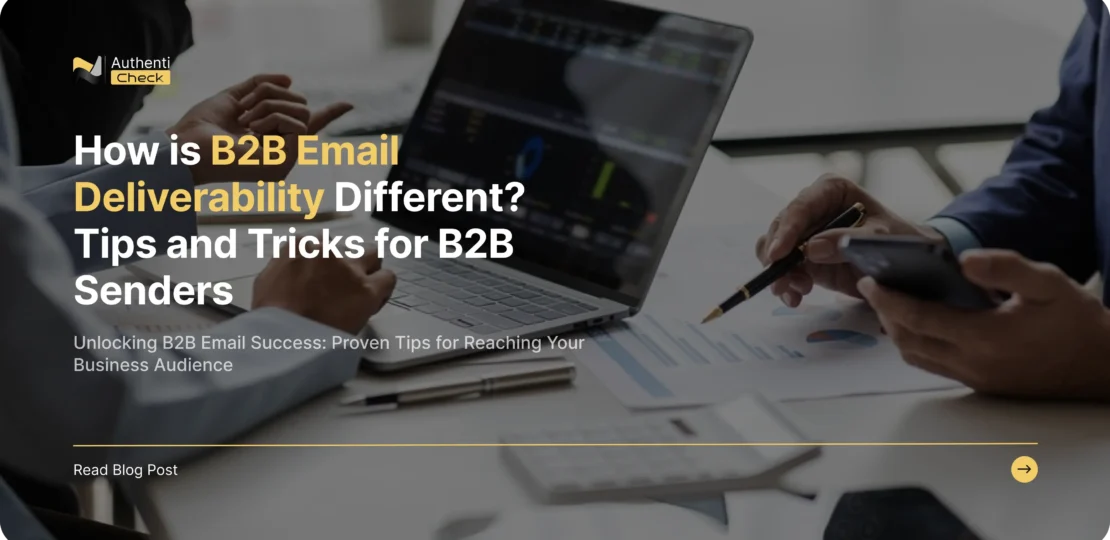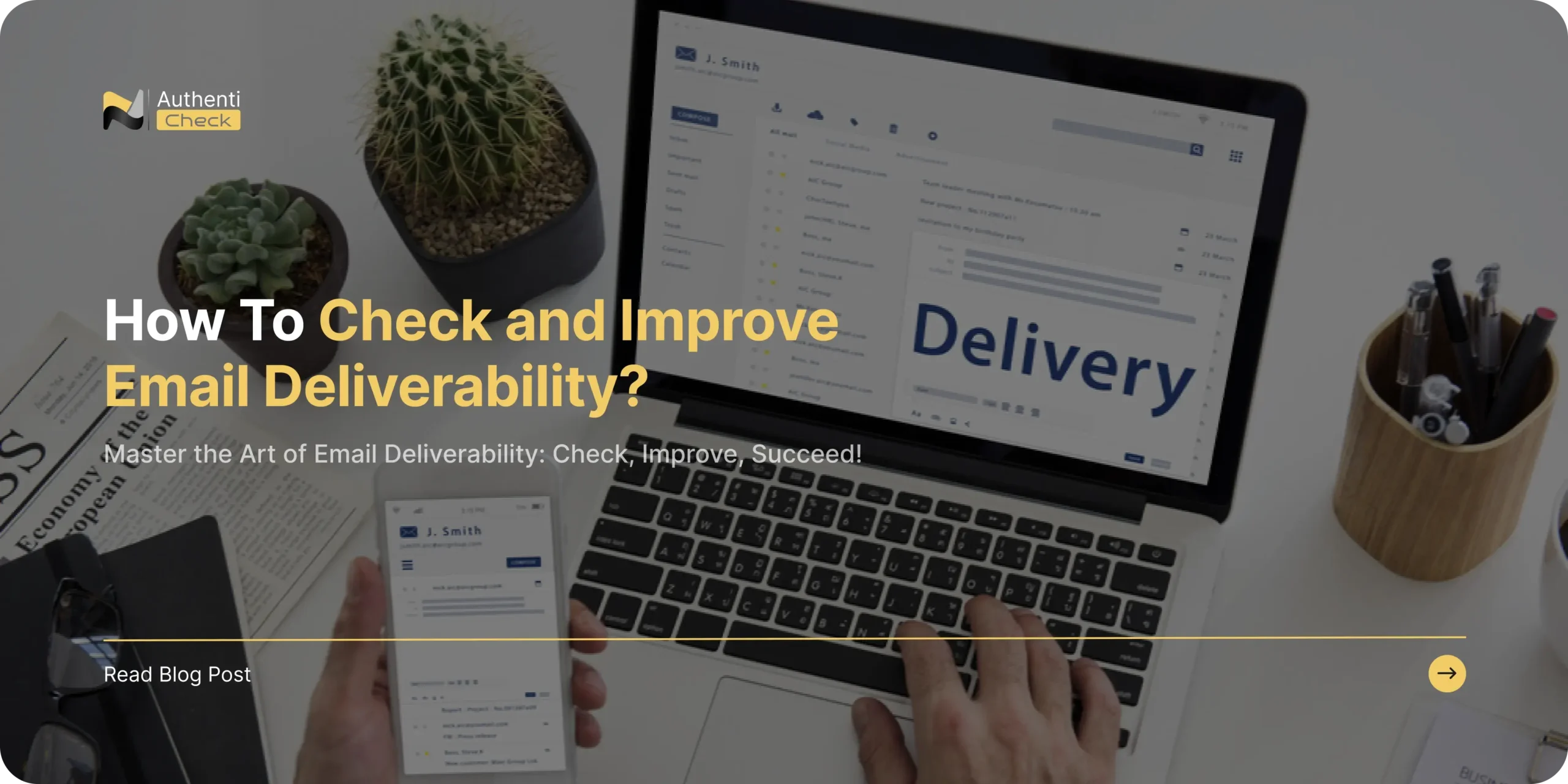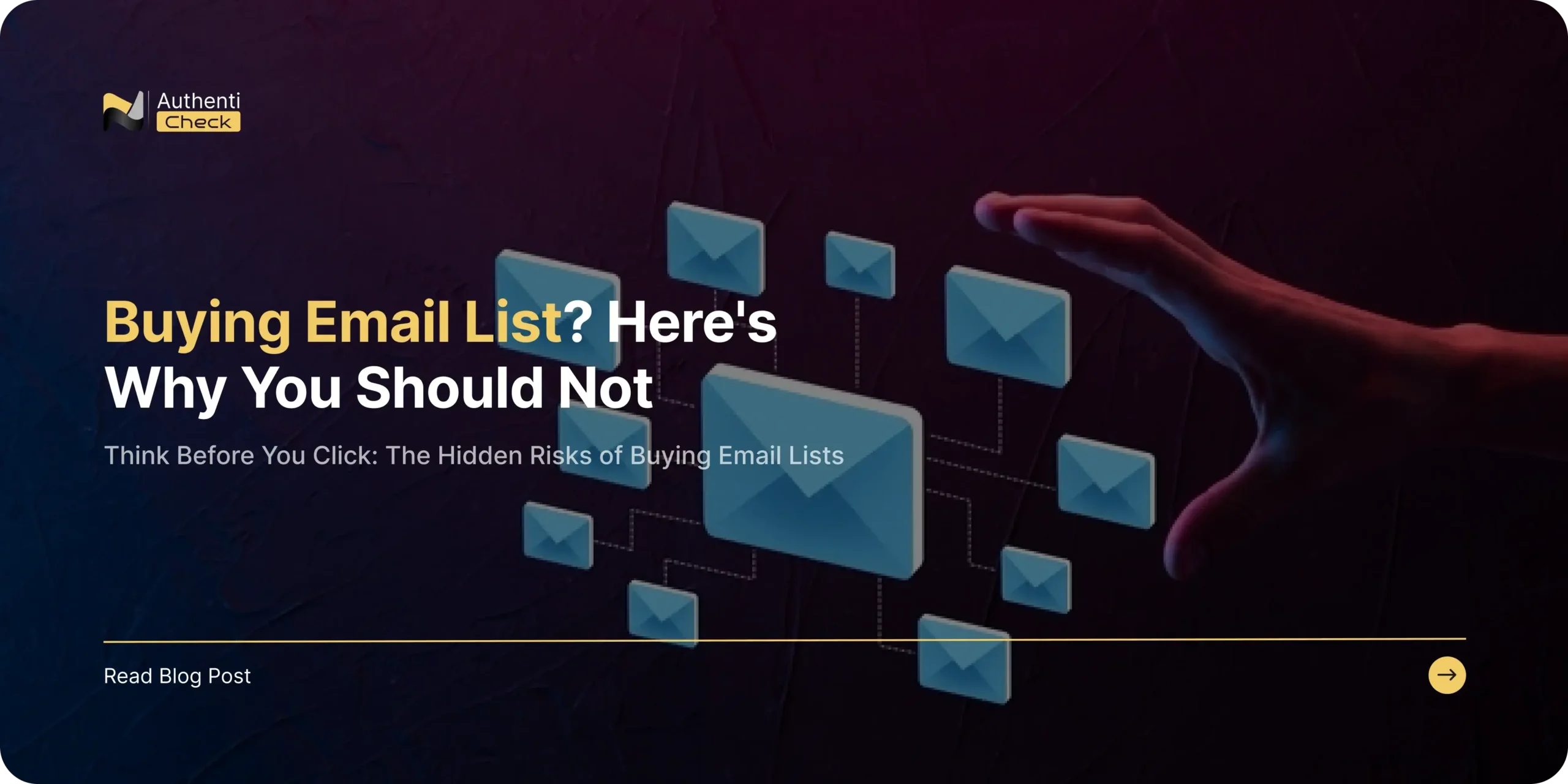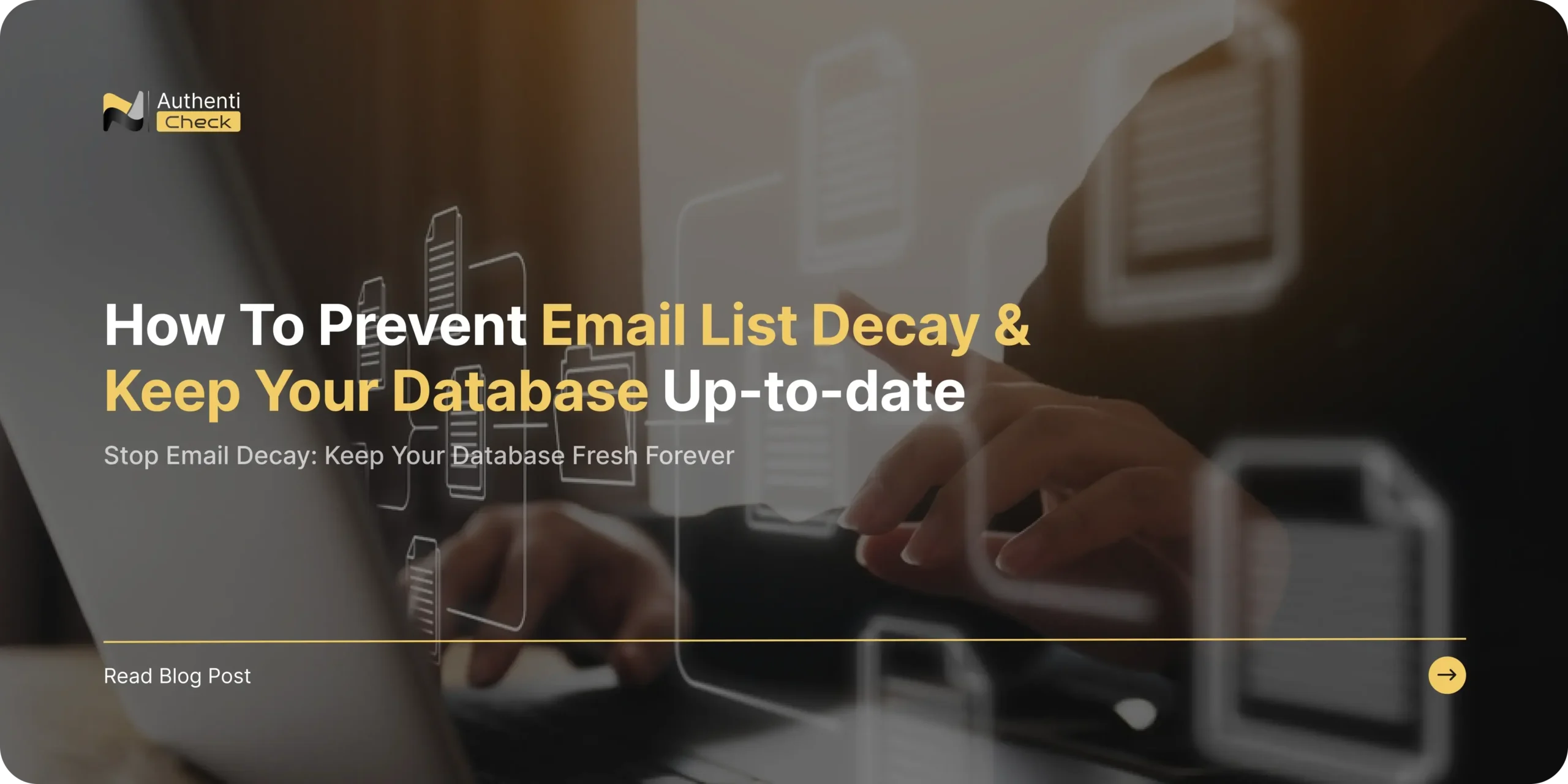How is B2B Email Deliverability Different? Tips and Tricks for B2B Senders
October 28, 2024 | by e.divedeepai@gmail.com

In the realm of digital marketing, B2B email deliverability plays a crucial role in reaching your target audience and achieving your business goals. Unlike B2C email, B2B email often involves more complex factors, such as corporate firewalls, spam filters, and recipient behavior. To ensure your B2B emails land in inboxes and drive results, it’s essential to understand the unique challenges and implement effective B2B email best practices.
Understanding the Difference Between B2B & B2C Email Deliverability
While both B2B and B2C emails share the goal of reaching recipients, several key factors impact B2B email deliverability. B2B recipients often deal with more stringent spam filters and are less likely to engage with promotional content. Additionally, they may use multiple email addresses for various roles, making it harder to reach the right decision-makers.
Corporate firewalls and advanced spam filters pose further challenges, as these systems are designed to protect businesses from malicious content and can be more aggressive than those in B2C environments. Another distinction is email volume—while B2B marketers typically send fewer emails, they are more targeted and personalized, which can help boost engagement.
However, this also means each email must be well-crafted to ensure deliverability. By following email deliverability tips for B2B and adhering to B2B email best practices, senders can significantly improve their chances of reaching their audience.
Key Challenges in B2B Email Deliverability
One of the key challenges in B2B email deliverability is dealing with stringent spam filters. Corporate email servers have stricter filtering systems, often leading to issues with blacklists, blocklists, and the challenge of navigating spam folders. Another major hurdle is email list quality. Many B2B email lists contain outdated or role-based addresses, making list hygiene essential. Avoiding generic addresses like “info@company.com” improves deliverability.
Additionally, B2B relationship-based emailing requires personalized communication, as one-on-one engagement can significantly influence deliverability. Following these email deliverability tips for B2B can help senders improve their performance and ensure their emails reach the right audience.
Tips and Tricks for Improving B2B Email Deliverability
- Build a High-Quality Email List
Start by verifying email addresses with specialized tools to confirm the accuracy of your B2B email list, reducing bounces and boosting your sender reputation. Regularly clean your list by removing inactive or invalid addresses to prevent deliverability issues.
Additionally, segment your list based on criteria like industry, job title, or company size. This allows you to deliver more personalized and relevant content, a key email deliverability tip for B2B. These B2B email best practices are essential for improving B2B email deliverability and maintaining a healthy sender reputation.
- Leverage Email Authentication
Utilize email authentication by adopting protocols such as SPF, DKIM, and DMARC. These measures verify your identity as a sender, significantly reducing the risk of spoofing and phishing attacks. Following these B2B email best practices is essential for improving B2B email deliverability and overall engagement.
Adopting these email deliverability tips for B2B ensures your messages reach their intended recipients, boosting trust and effectiveness. Implement these B2B email sender tips to establish a secure and reputable email presence.
- Optimize Your Email Content
Optimizing your email content is crucial for enhancing B2B email deliverability. Start by keeping your emails highly relevant to your recipient’s needs and interests, increasing the chances of engagement while reducing the risk of being flagged as spam. Craft a clear and compelling subject line that accurately reflects the email’s content, encouraging recipients to open it.
Additionally, personalize your emails by including details like the recipient’s name, company, or specific interests. These B2B email best practices help create more meaningful connections and enhance the overall email deliverability. Implementing these email deliverability tips for B2B can significantly boost your success as a B2B email sender.
- Follow Email Marketing Best Practices
Start by using a double opt-in process, which requires recipients to confirm their subscription after signing up for your email list. This ensures you have permission to contact them and strengthens your sender reputation, a key factor in improving B2B email deliverability.
Moreover, avoid common spam triggers, such as excessive use of all caps, exclamation points, and too many links, as these can cause emails to be flagged by filters. Regularly monitor your sender reputation by keeping an eye on bounce rates, complaint rates, engagement metrics, and crucial B2B email sender tips.
- Test and Analyze Your Emails
Conduct thorough testing and analysis of your emails. Implement A/B testing to experiment with various subject lines, content, and calls to action, identifying what resonates best with your audience. Additionally, regularly track essential metrics like open rates, click-through rates, and conversion rates, as these insights are crucial for measuring the effectiveness of your campaigns and applying effective B2B email deliverability tips.
Additional Considerations for B2B Email Deliverability
- Compliance with Regulations
Ensure your B2B email marketing practices comply with relevant regulations, such as GDPR and CAN-SPAM. This helps protect your business and maintain a positive sender reputation.
- Email Deliverability Services
Consider using an email deliverability service to help you monitor and improve your email deliverability. These services can provide valuable insights and recommendations.
- Continuous Optimization
of B2B email deliverability is an ongoing process. Regularly review your practices and make adjustments as needed to ensure your emails reach your target audience.
Conclusion
While B2B email marketing offers a powerful channel for reaching target audiences, its success hinges on overcoming unique deliverability challenges. By understanding these differences and implementing the B2B email best practices outlined here – list hygiene, email authentication, content optimization, marketing best practices, testing, and ongoing analysis – you can significantly improve your chances of landing in inboxes and driving results.
Remember, B2B email deliverability is a continuous process, so keep refining your approach to build a strong sender reputation and forge valuable connections with your target audience.
RELATED POSTS
View all


